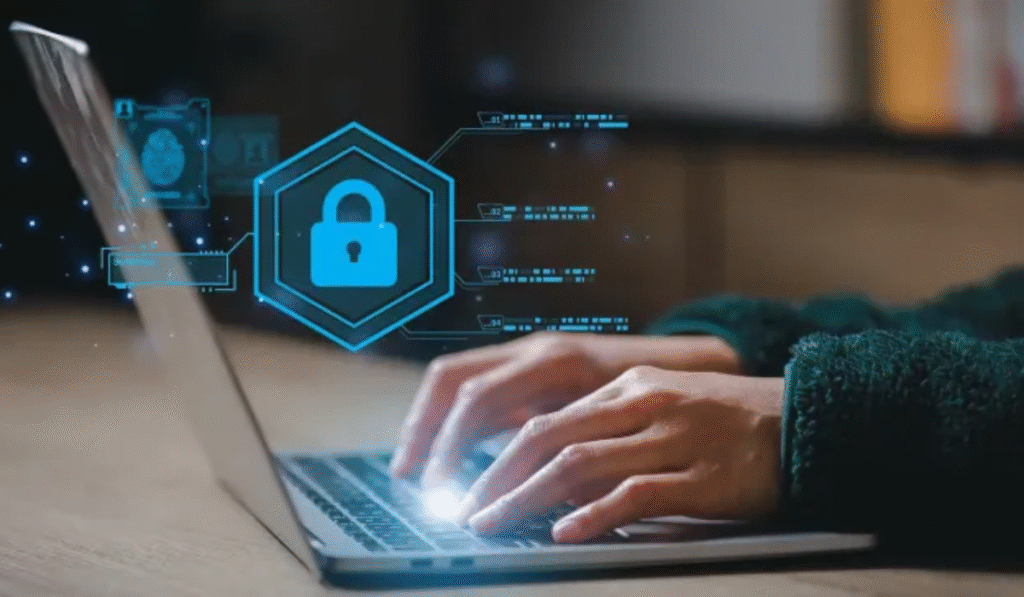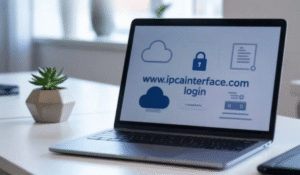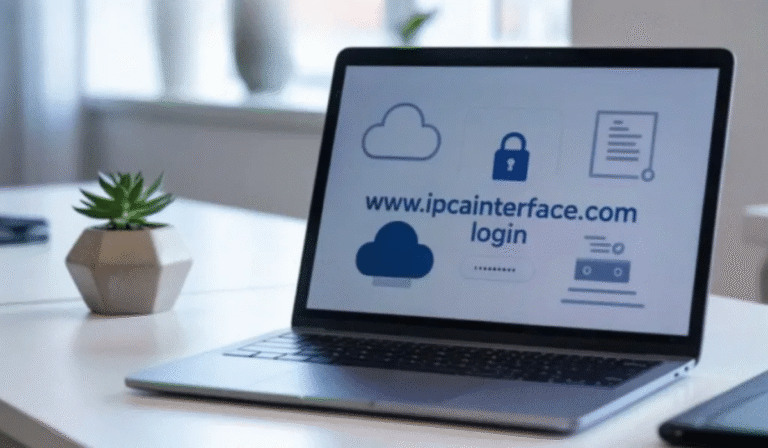IP addresses perform an important role in computer networks and are used to connect devices together to transfer data. Among the range of internal, private IPs are those which already exist like 10.24.1.53. In case you have seen it frequently in your browser and/or router configurations (for example as a default IP address), just what can be learnt about its purpose or how it works?
This article will give some tips on 10.24.1.53 – what it’s used for, how it’s used on networks, exactly how you get into its admin panel, and what if there are any problems that may arise from connectivity. Let us take a look at the significance of 10.24.153 and its underlying technical aspects.
What is 10.24.1.53?
10.24.153 is a private IP address, part of the Class A network range (10.0.0.0 to 10.255.255.255). Private IPs are used for local devices in homes, offices, and other settings to tell them apart from one another – as shown by servers at 10.24.153.
10.24.153 is unlike public IP addresses which connect directly onto the Internet. Assigned for use inside private networks, it remains secure and unreachable from outside. This ensures safe communication between devices without ever leaving the protected local environment.
The Role of 10.24.1.53 in Local Networks

If you see the address 10.24.1.53 in your internet browser page, it probably means your local network has assigned this ip to some machine. That’s why it appears here:
- The Router or Gateway Address is an external IP that is used to connect to networks and/or configure local devices.
- Local Server Address – For an intranet web server, FTP server, or database at that IP. If that address is serving something static, use port 69 (PCF/FT/TFTP).
- Device Address – Use this IP for communication from and to computers and IoT devices such as AVR (type control) set-top box controllers or printers.
- The access panel – for administrative purposes: There are organizations that issue IP addresses, such as 10.24.153, to permit access to admin dashboards on in-house systems.
That is, in short, 10.24.153 is an identifier that allows all nodes in a private network to communicate and share information.
How to Login or Change Password for 10.24.1.53
If you’ve set up 10.24.153 as your router or web server address, the following steps will show you how to access the admin panel.
- Open any web browser (like Chrome or Edge).
- In the address bar, type either http://10.24.153 or https://10.24.1.53.
- Press enter.
- The browser will ask you to sign in with a username and password (which is usually set up by the network administrator or the router provider).
- After logging in, you will have the ability to see what devices are connected, settings for security, or even DNS for the local network.
Note: If you cannot open the login page, verify you are connected to the network, ensure the IP address 10.24.153 is specified, and that your own IP address matches that of the router or web server.
Read more: Commerce Advice OnPressCapital | Avoid qy-45y3-q8w32 model
Troubleshooting Access Issues with 10.24.1.53
From time to time, users will run into problems when trying to reach out to 10.24.153. There are common problems and things to do to fix them.
- Page not loading – check that the device is on the same network. If it is not, then you will need to connect it.
- Wrong IP address – Double-check to make sure that the router or server actually uses 10.24.153 as the login address.
- The firewall is the issue – temporarily disable the firewall or antivirus if there is access to the local IP.
- The default IP has changed – some routers could change their IP address dynamically; using the command prompt and running (Windows) or would verify that it is indeed 10.24.153.
By ensuring the devices are on the same network, you typically allow yourself to solve most problems with connectivity to 10.24.153.

Certainly, 10.24.153 is absolutely safe since it exists in the realm of the private IP range and therefore cannot be accessed directly from the Internet. Any and all data that travels across the private network remains internal; thus, it is inherently more secure than public IPs.
This is not to say that internal threats do not exist. A person who is not authorized may be able to connect to your Wi-Fi router, which ultimately gives that person access to the IP address. Thus, it is still important to:
- Change the default username/password.
- Keep firmware and router software up to date.
- Monitor devices connected to your Wi-Fi.
Have Wi-Fi networks set to encrypted (WPA3) when possible. If we maintain the aforementioned behaviors and standards, 10.24.1.53 will continue to be a safe and functional IP address on your private network.
Read more: flujo tv | Pedro Paulo Coaching
Technical Details of 10.24.1.53
| Parameter | Details |
|---|---|
| IP Type | Private |
| Class | A |
| Range | 10.0.0.0 – 10.255.255.255 |
| Binary Form | 00001010.00011000.00000001.00110101 |
| Default Subnet Mask | 255.0.0.0 |
| Possible Uses | Router, Server, Gateway, Local Device |
| Accessibility | Internal Network Only |
The technical specifications of 10.24.153 are suitable for an enterprise or small-network environment.
Common Uses of 10.24.1.53

- Network Testing – IT specialists use it to emulate links.
- LAN Management – Admins set up devices or check ip conflicts.
- Web Hosting(Local) – Developers use 10.24.153 for testing applications before release.
- Security Monitoring – A local ip like 10.24.1.53 logs and follows internal traffic.
Do you own a Mac or know how to use basic Windows commands? These uses show how versatile and necessary 10.24.153 can be to IT operations on a day-to-day basis.
How to Modify or Configure 10.24.1.53
If you wish to change the 10.24.153 or assign it to a specific device, here’s what you need to do:
- Access the admin page (default gateway) for your router – for example 192.168.1.1.
- Find DHCP SettingsorStatic IP Assignment.
- Add the MAC address of the device and assign it 10.24.153.
- Save your changes and then restart the router.
It will help you ensure that 10.24.1.53 is always associated with the same piece of kit without any hassle.
Conclusion
Although 10.24.1.53 seems like another random number it actually plays a key role in local communications. Whether used for routers, servers or administrative systems it provides secure and private connections within a private network.
Understand the need to access 10.24.153, understand how it works, and solve problems in time Thanks to these configurational improvements and some basic device care, 10.24.153 becomes a helpful and multipurpose tool in organizing local Intranets.



















